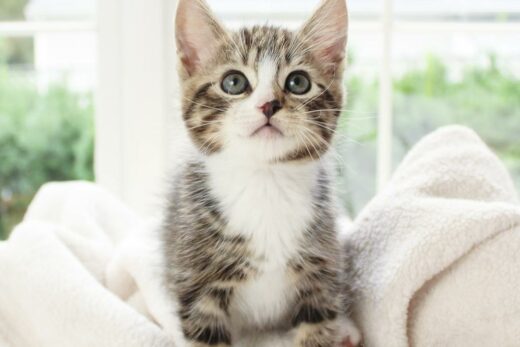If someone were to ask if you knew the location of your dog’s thyroid, would you know where to look? Located in the neck, this gland is a commonly overlooked part of the body with surprisingly large implications on your dog’s well-being. Although relatively small, the thyroid gland has a major impact on the body, affecting many important organs, including the heart, brain, liver, kidneys, and skin.
Found on either side of the windpipe, the thyroid glands produce hormones that are responsible for a dog’s metabolism. These hormones are referred to as T3 (liothyronine) and T4 (levothyroxine). When the gland is not functioning properly, thyroid hormone levels are disrupted and can lead to one of two thyroid diseases: hyperthyroidism or hypothyroidism.
Hyperthyroidism in Dogs: Cause and Symptoms
When the thyroid gland produces too much of the thyroid hormone thyroxine, your dog’s metabolism will kick into overdrive. Known as hyperthyroidism, this thyroid disease is the rarer of the two in dogs and can be caused by:
- Overactive thyroid nodules
- Thyroid cancer, a tumor which causes the thyroid gland to produce more thyroxine
- Response to treatment for hypothyroidism may cause the overproduction of thyroxine
Signs and Symptoms of Hyperthyroidism in Dogs
While hyperactivity is to be expected—especially in an excited pup—hyperthyroidism leads to an abnormally excessive amount, accompanied by:
- Weight loss
- Increased appetite
- Disheveled look
- Vomiting
- Diarrhea
- Increased thirst and/or urine
- Rapid breathing, or difficulty doing so
- Heart murmur or rapid heart rate
Hypothyroidism in Dogs: Cause and Symptoms
The more common of the two, hypothyroidism is a decrease in the production of the thyroid hormone, which happens more often with older age. In addition to old age, hypothyroidism can also be caused by:






